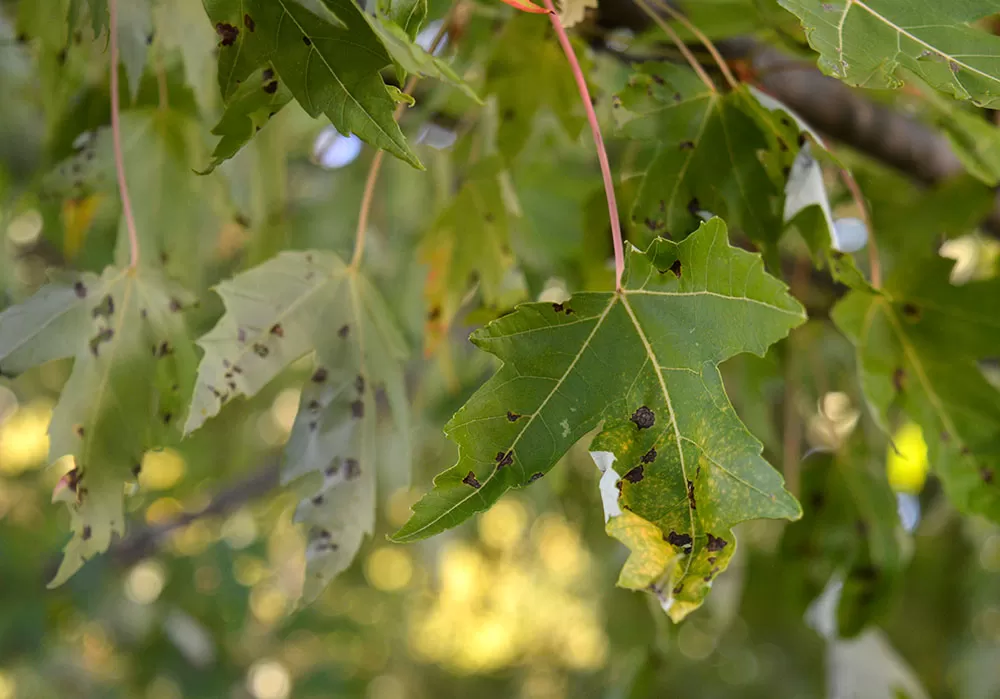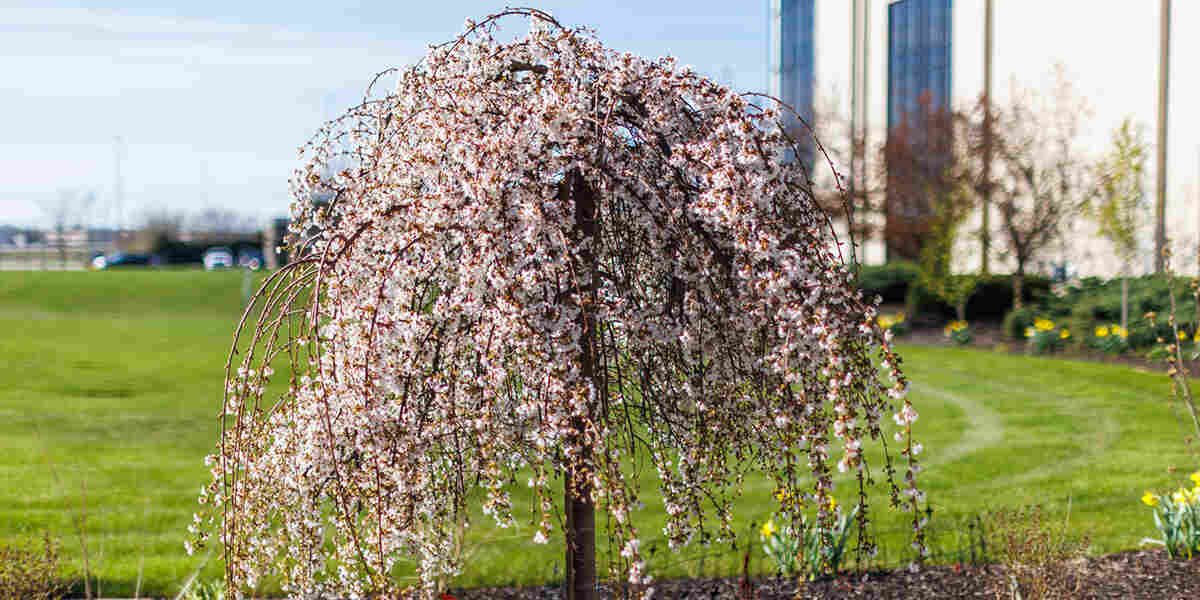Understanding Tar Spot Disease in Silver Maple Trees
Silver maple trees are known for their beautiful foliage and can be a great addition to any landscape. However, like any other plant, they can be susceptible to various diseases and conditions that can affect their health and appearance. One such problem that silver maple trees may encounter is a condition known as “tar spot.”
What is Tar Spot Disease?
Tar spot disease is a fungal disease that affects the leaves of maples and other trees. It is caused by fungi in the genus Rhytisma. The most noticeable symptom of this disease is the development of black, tar-like spots on the leaves of the tree. These spots are actually fungal fruiting bodies.
The Impact of Tar Spot Disease on Silver Maple Trees
While the black spots caused by tar spot disease can be quite unsightly, the good news is that they generally do not cause serious harm to the overall health of the tree. Tar spot disease is more of a cosmetic issue than a threat to the tree’s well-being.
However, in severe cases of infection, the leaves affected by tar spot disease may prematurely drop from the tree. This can somewhat weaken the tree by reducing its capacity for photosynthesis, the process by which plants convert sunlight into energy. It is important to note that the overall impact on the tree’s health depends on the severity of the infection and the tree’s overall vigor.
Managing Tar Spot Disease
Although tar spot disease may not pose a significant threat to the health of silver maple trees, it is understandable that you may want to manage and minimize its impact on the tree’s appearance. Here are a few tips to help you manage tar spot disease:
- Rake and remove fallen leaves: Since the fungal spores responsible for tar spot disease can overwinter in fallen leaves, it is important to rake and remove them from the area around the tree. This can help reduce the chances of reinfection in the following year.
- Prune affected branches: If you notice branches with a high concentration of tar spot disease, consider pruning them to reduce the overall fungal load on the tree. Make sure to disinfect your pruning tools between cuts to prevent spreading the disease. Get help pruning!
- Improve tree vigor: Keeping your Harlan silver maple tree healthy and vigorous can help it better withstand and recover from tar spot disease. Ensure that the tree receives adequate water, nutrients, and sunlight. Consider consulting with a professional arborist for guidance on proper tree care practices.
- Consider fungicide treatments: In severe cases or if you have a high concern about the appearance of the tree, you may consider applying fungicide treatments. However, it is important to note that fungicides are typically not necessary for managing tar spot disease in Harlan silver maple trees, and their use should be approached with caution. Consult with a professional arborist or local extension office for guidance on appropriate fungicide options and application methods.
Remember, while tar spot disease may be unsightly, it is generally not a serious threat to the health of silver maple trees. By following these management tips and keeping your tree healthy, you can minimize the impact of tar spot disease and continue to enjoy the beauty of your silver maple tree in Harlan, Indiana. Learn more about black tar disease.




